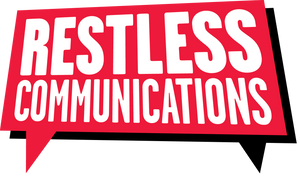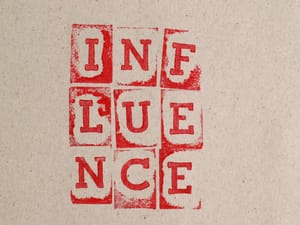Influence is back.
But it’s not in the hands of anonymous corporate channels or the latest crop of teenage TikTokers blagging hotel room upgrades.
It’s gone back where it belongs: with named individuals who have something to say, and the guts to say it.
CEOs and trusted journalists. Your time is now.
When influence left the room
Trust is hard to earn. But easy to lose.
Remember the early days of Instagram?
Before pretty much every B-list celeb (and yes, some of the A-list too) realised they could earn a pretty penny by pretending they loved a product.
When your audience realises you're NOT doing something because you believe in it, but instead because you're being paid to say it, then that trust is lost.
That has always been the difference between editorial and advertising. But the blur we've seen over the last 10 or so years has reduced trust across the board.
Despite the late regulatory #ad #spon fightback on Instagram, it's never going to be known for its honesty.
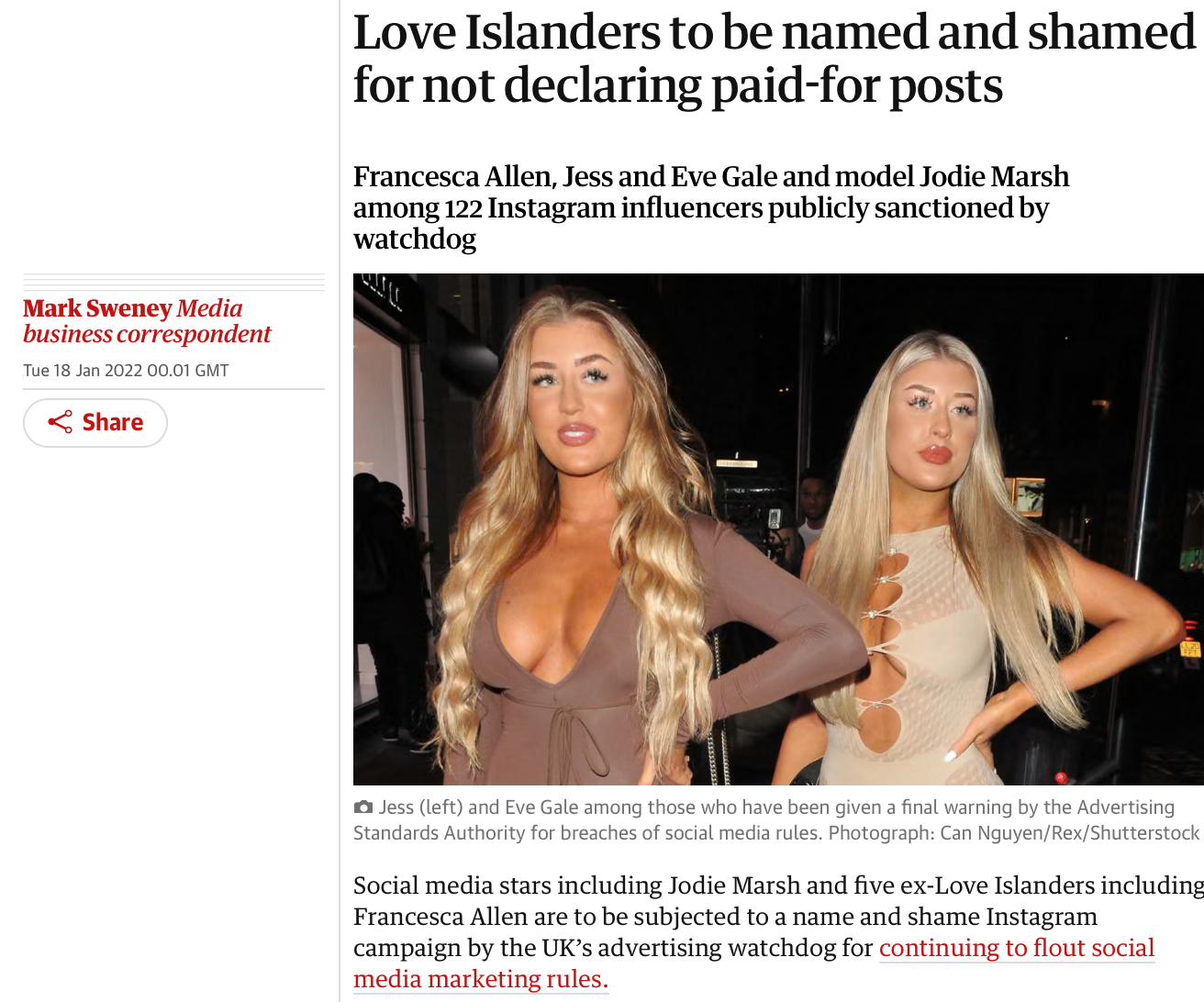
And don't get us started on the race to the bottom of much of what was red-top Fleet Street, peppering stories with SEO-bait. Another version of ...being paid to say it.
The 'traditional' media that shifted digital-first by putting all of their eggs in the 'links from Facebook' basket, and then the 'clicks from search' basket are now having to cope with monumental drops in traffic.
But the publications which specialised in niche interests, or invested in developing proper relationships with their readers, are now thriving. Aided by two new channels: newsletters and LinkedIn.
The rise of the independents
As professional communicators, we should always look at what journalists are doing.
Carole Cadwalladr has just launched The Nerve with some former Observer colleagues. An independent, journalist-owned channel (on Beehiv - a platform similar to Substack, but without the racist newsletter baggage).
It will be funded directly by readers.
Introducing the Nerve. From the wreckage of my old newspaper, comes a new all-women, journalist-owned, independent publication. Join us!
When Jim Waterson left The Guardian, he set up London Centric, with a direct pop at his London competitor.
Proper local journalism about who really runs London - and what's actually going on in the city
With 28,000 subscribers his newsletter must be doing something right.And publications with a mix of print and digital - like The Fence, and The Idler are still going strong.
Genuine experts in everything from cooking (👋 ADIP/Jesse Jenkins) to journalism and audience engagement (👋 Adam Tinworth) are finding their audience in niche newsletters.But they're not the only ones.



Three thriving newsletter platforms: Ghost, Beehiiv and Substack
Old-school media is playing catch-up fast. Or maybe even leading the way.
- The FT publishes over 30 newsletters (including my go-to for daily politics, Stephen Bush's Inside Politics newsletter...free with a subscription or £4.99 a month)
- The New York Times publishes 50+ newsletters, reaching 15 million readers. Check
- The Guardian has close to 60 newsletters - with over several million subscribers
- The Economist (which, let's face it, is already pretty niche) publishes 20+
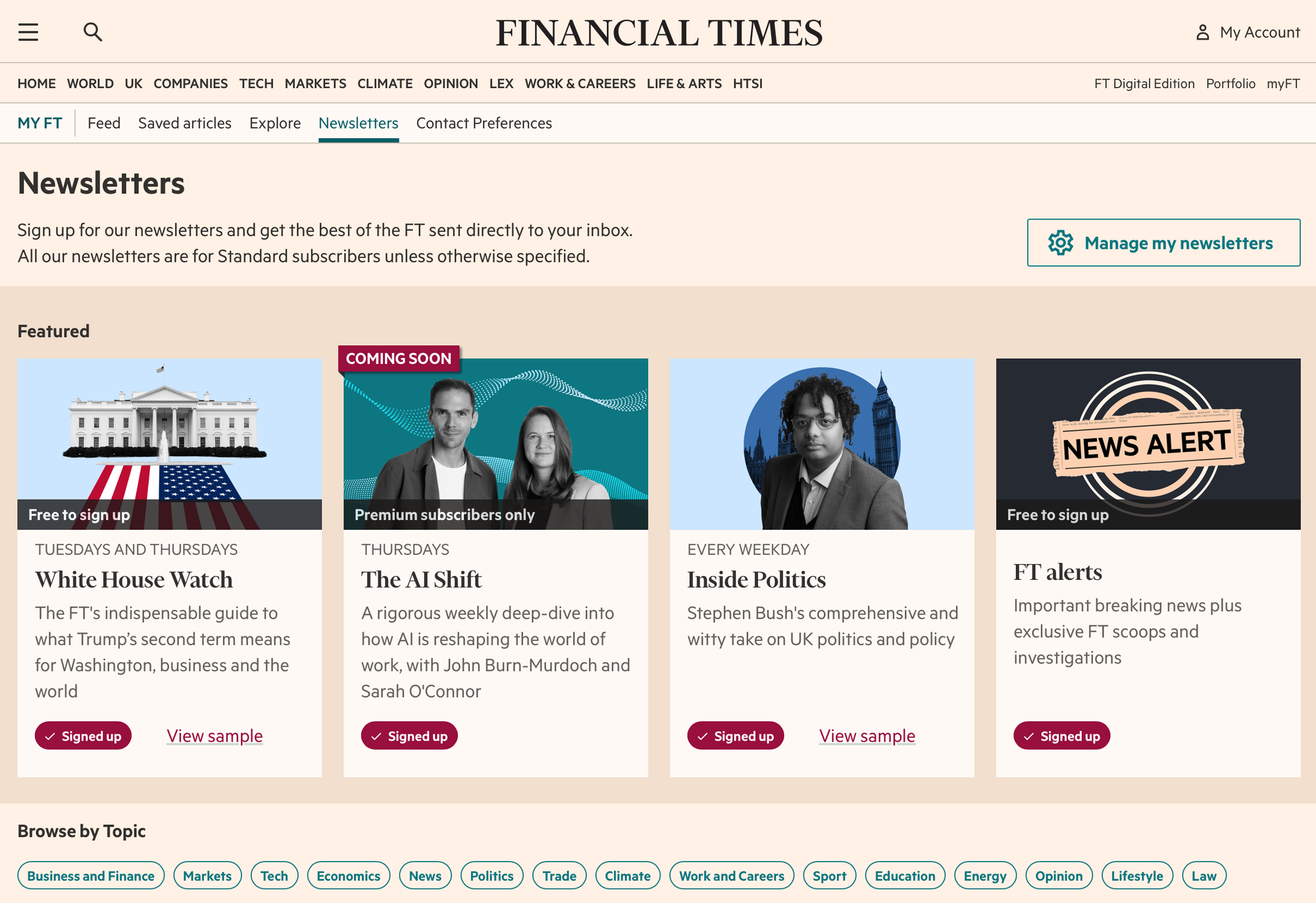
The two essential attributes for effective modern communications
Trust.
And personality.
In fact they're exactly the same things that have always been important in effective communications.
These newsletters work well because they're written by experts.
People who know a lot. And who can write well.
But they also work because they have their own tone of voice. They're not written in corporate-speak. They're not peppered with AI-isms, and they're not written by the intern.
Yes, they might come from a clear stable. What you get from the New Statesman will differ from The Spectator. But you know that before you sign up.
And, as professional (corporate) communicators, we can learn a lot from them.
Especially when it comes to writing for LinkedIn.
Give me thought leadership. Give it to me before anyone else has it. And give it to me now.
Outsourcing any leadership to a third party is fraught with problems. But outsourcing what your CEO and senior executives 'think' is trickier still.
If you can't do it brilliantly, don't ask anyone to do it at all.
Greg Jackson's LinkedIn posts reflect his personal and professional principles at Octopus. They appear to be self-authored.
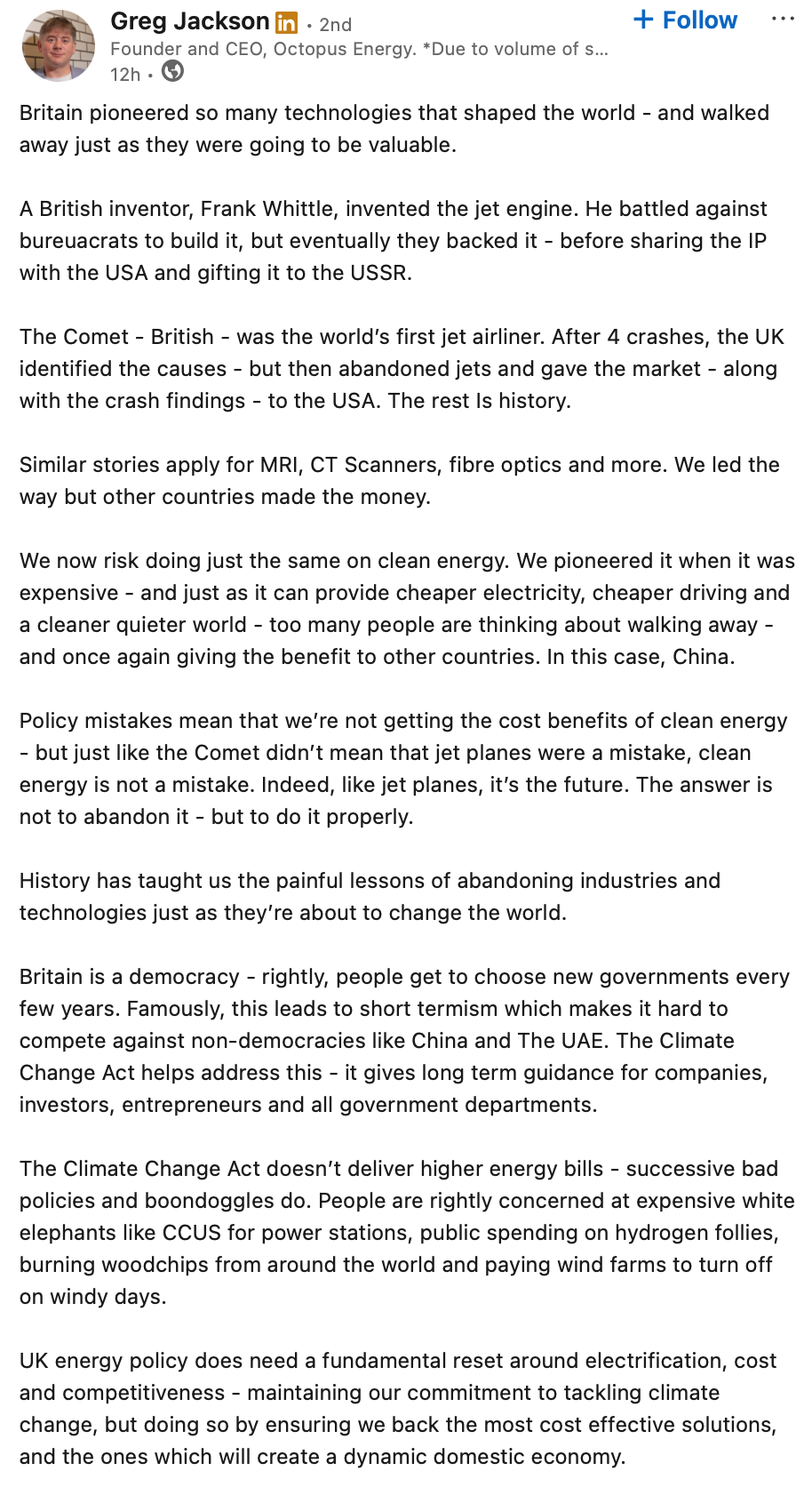
When Bernard Looney was CEO of BP, his LinkedIn posts were brilliant. Detailed, personal, relevant and genuinely influential.
But, based on what he now puts on the platform, they now look like they were entirely ghosted. By a great writer who followed him round and 'found' his voice.
(This one👇 is a couple of years old...when he was still at BP)
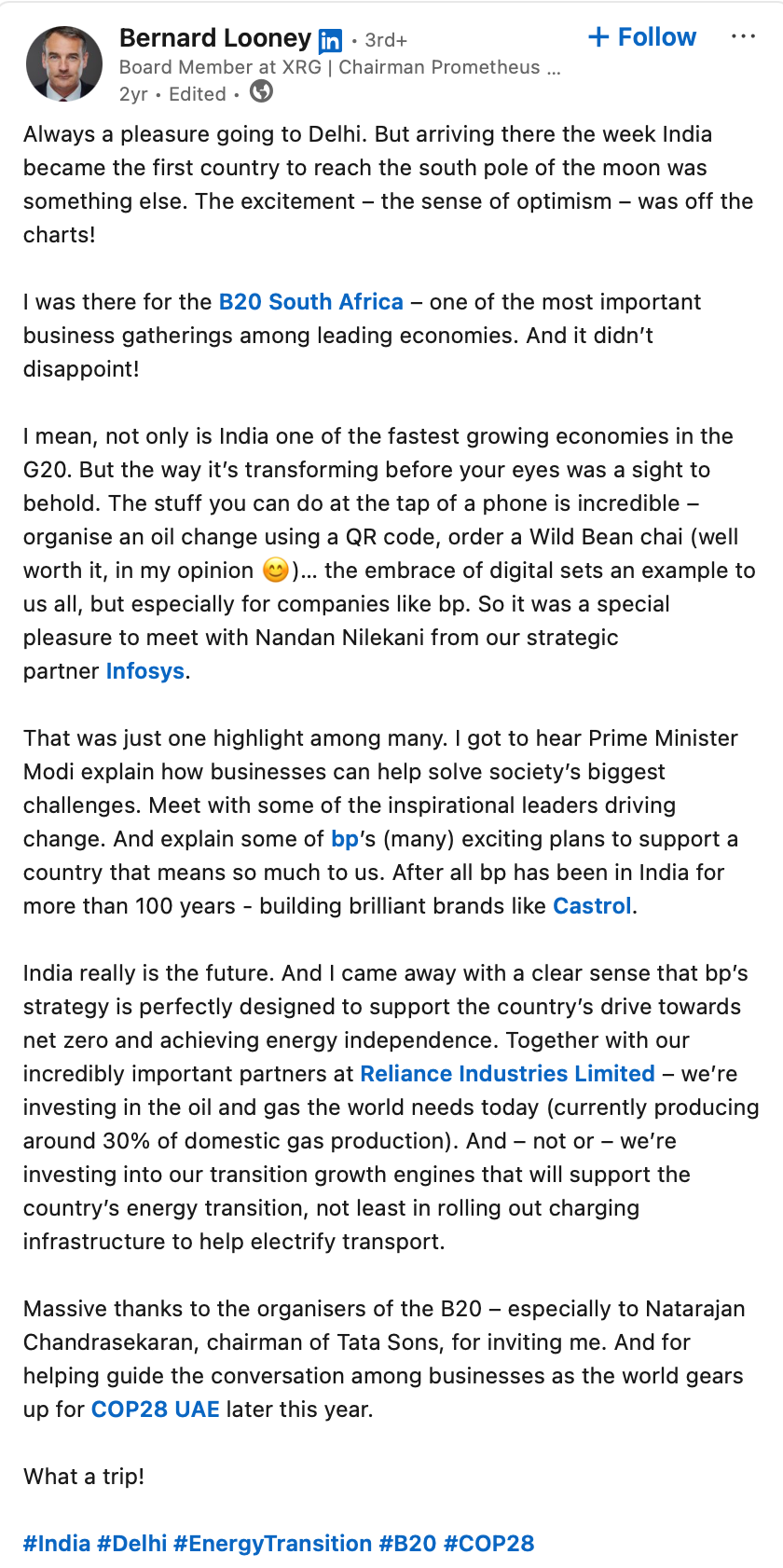
Let’s be radical. Yes, you can get an agency 👋 or a ghostwriter to help.
But they have to know you. Really know you.
Whoever writes for you must understand what you believe — not just what your strategy doc says. Especially if they wrote it.
And if it goes out in your name, you need to stand behind it 100%. And be expected to remember it when questioned about it at your next meeting.
Hands up, the Restless team have ghost-written a fair share of thought leadership content in our time.
But with the growing fashion for CEOs and execs to post honestly on LinkedIn, we're now advancing the argument that execs should do more of it themselves.
If they're great communicators, they'll be great at it. And if not, they'll need guidance.
The last thing we want is even more people posting 'what my wedding taught me about how to close a deal.'
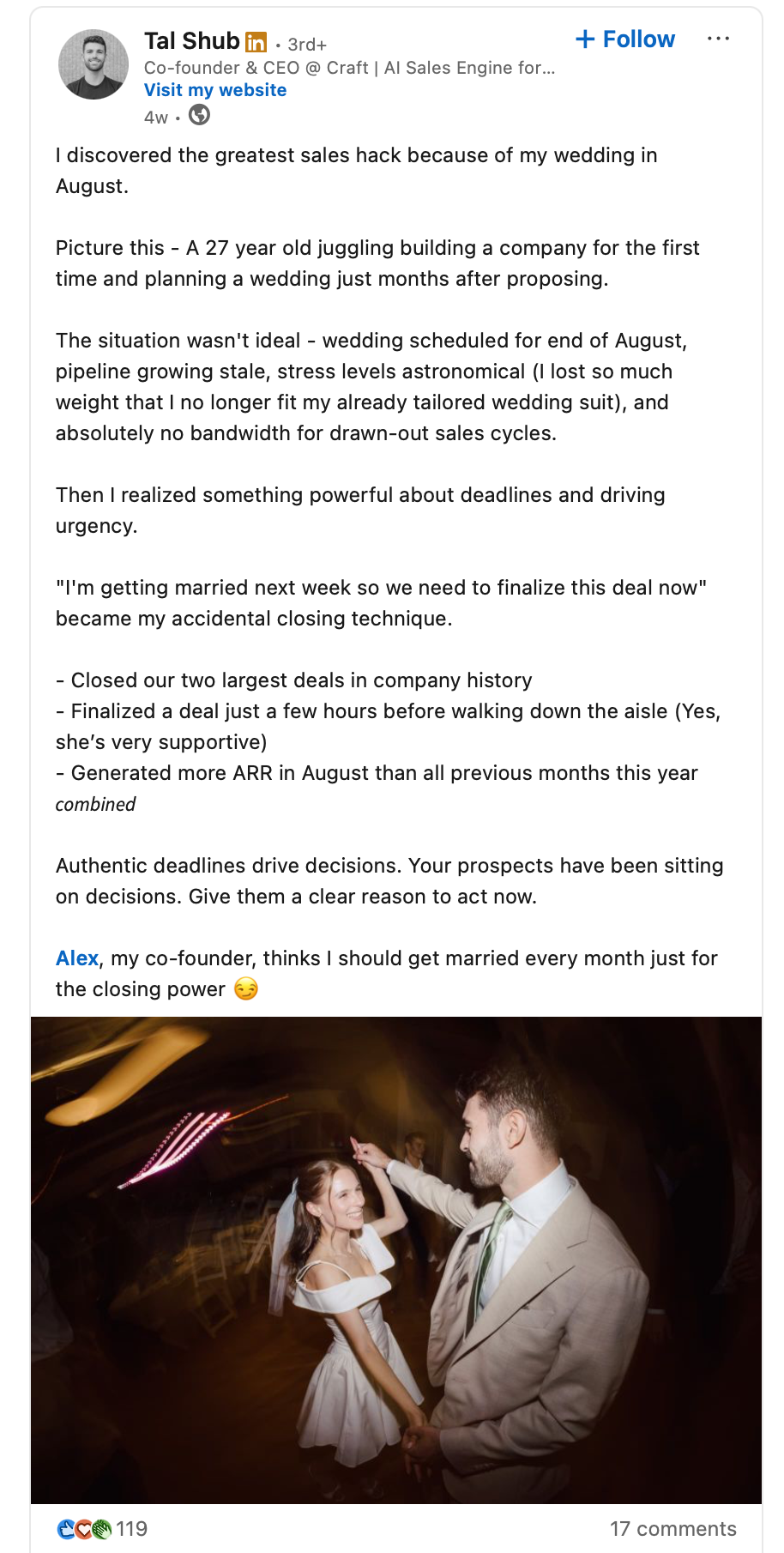
The LinkedIn algorithm dramatically favours posts from people above posts from pages. And for good reasons. People relate to other people. Not to organisations.
For too long B2B comms has shunned this more 'personal' approach to comms. But there's a real opportunity here to take a lead from the B2C comms playbook.
And we're happy to help pass on the secrets. Rather than ghost-write for you.
What modern influence looks like
Influence today isn’t about reach.
It’s about clarity. And impact.
- Transparency: Readers should know exactly where you’re coming from. If you need to spell it out, do
- Consistency: One strong post a week beats multiple throwaway “thoughts.”
- Narrative arcs: Build themes over time; don’t just react. This is where that strategy doc comes in (see below)
So, how do you measure influence or even reputation?
This is the tricky one.
Follower numbers mean nothing. In fact most numbers mean nothing.
Remember Klout? It claimed to offer one number to rule them all. Some bloggers loved it. Others gamed it. I thought it was pointless then and that single number metric is pointless now.
As my two (ahem) almost 15 year-old blogs reflect:
1) Q: When is a tweeting clock more influential than the editor of the Guardian? A when you rely on a flawed algorithm like Klout to measure influence
2) The problems with measuring influence - where to start?
As an aside, Helen Dunne's new Corporate Affairs Unpacked newsletter introduced me to Reptrak this week, a 'Corporate Reputation Management' metric, which Qantas use to help define the pay of their CEO.
Absolutely terrifying.
Unless of course, the metrics are perfectly aligned to Qantas' objectives, designed and weighted according to all of their stakeholders' interests, and unmoved by truly external events. Which I doubt.
Just as reputation can't be defined by a single metric, neither can influence cannot be judged by a single metric.
Instead, focus on: What is the impact of our communications? Are the right people doing the right thing at the right time according to our strategy.
How to create an influence strategy in 90 days
Comms directors don’t need theory. They need a plan. So here’s our starter for ten when it comes to supporting senior execs on their personal social strategy:
Month 1 — Audit and Strategy
- Review what exists. Review the comms strategy. How can this support it? Review previous executive posts? What works? What doesn't?
- Review the competitors. What are their peers doing? What about sector leaders - those with big budgets and those without? Who do they look up to? What do they like that others are doing? Where are our points of difference?
- Understand their existing influence. Where are we starting from? Is your exec already well recognised in the space, or are you starting from scratch?
- Consult. And listen. Ask journalists, partners and staff how they perceive your exec’s voice. And what they'd change.
- Understand their personal objectives. Let's be honest. Much of this will benefit the organisation. Some will benefit them if they're ambitious and already thinking two jobs ahead. Not a problem. But the more you can take that into consideration, the easier it will be to create content for them.
- Define your/their voice. What's their tone? Get them to sign it off.
- Review their existing channels. LinkedIn is where it's at right now, but don’t forget to marry what they say on there with speeches, podcasts, or op-eds where voices carry weight. If they're still on X, ask why. Update all of their biogs.
- Define a 'social flirting' campaign. Who are the potential amplifiers? How can you get on their radar in an authentic way? Work out a way to do so.
Month 2 — Define the tactics
- Identify their on-message 'corporate' themes. Where do their personal interests align most with the organisation's strategy. Choose 5-6 things that it would be authentic for them to write about regularly.
- Plan ahead and map narratives. Think in arcs, not one-offs. Themes should build over time, not disappear after a single post.
- Define their professional and personal boundaries. Work out how much to use the exec's personality. What are their other interests? How much could you use/refer to them? What about their private or political life. What is off-limits? How can we ensure that future posts are clearly in their voice. And not AI-written LinkedIn slop.
- Pick formats that suit them. Some execs shine in video, others write brilliantly. Guide and support them (including so that you can edit before content goes live, if you think it will need it).
- Agree a cadence. Plan a regular rhythm, which will include posting as well as planning and reviewing, as well as an approval process.
- Share social listening and ideas. Make sure they're being briefed with 'real-time opportunities for comment. Content from within the organisation and outside
- Agree AI's role. It's there. It can be useful. But just for ideas OK? Not for content
- Work as a team. Make sure they share/comment/like on their colleagues and peers' posts. And that their colleagues do the same for them.
- Build a content calendar. Keep everyone aligned on what’s planned, when, and why. In the real world things change. But structure is always good.
- Do a risk assessement. Ensure you all know what to do if there's a problem. From trolls or unhappy customers, to causing political ripples. Plan for these eventualities before you start
Month 3 — Test and learn
- Start with confidence and a plan. Launch with safe topics first to build confidence and momentum. Or, if they're very confident, set out to make a splash from day one.
- Mix content types. Try text posts, carousels, short videos, and external commentary. Which ones makes your exec look they really know their stuff? Which don't? Which ones don't they like doing?
- Use real visuals. How easy is it to get authentic images, video, audio and behind-the-scenes shots. What help do they need?
- Repurpose smartly. What about a monthly Linked Newsletter. Worth investigating. Give them content from other newsletters that they can personalise.
- Track early signals. Look at comments and quality of engagement, not just impressions. But focus on impacts if at all possible
- Talk up conversations. Responding to comments is polite. It also shows the algorithm you mean business. A speedy response is always worth it - but don't feed the trolls.
- Amplify internally. Share the best posts with staff and encourage them to add their voice. And similarly re-post other great posts too
By day 90, you’ll have a rhythm, proof of traction, and a clear picture of where influence can grow.
Don't leave influence to 'influencers'
Every niche has its experts. Some worked out they could turn that 'expertise' into a social career.
In corporate comms, and possibly in journalism too, influence appears to be shifting back to individuals.
That’s where trust is. That’s where the conversation is.
People relate to other people. Not corporations.
Executives don’t need to be celebrities. But if they are experts and have personalities and opinions, use them to your advantage.
Work out the impact you want. Then make it in happen.
In our case, hopefully we'll drive a sign-up or two to Restless Thinking.
